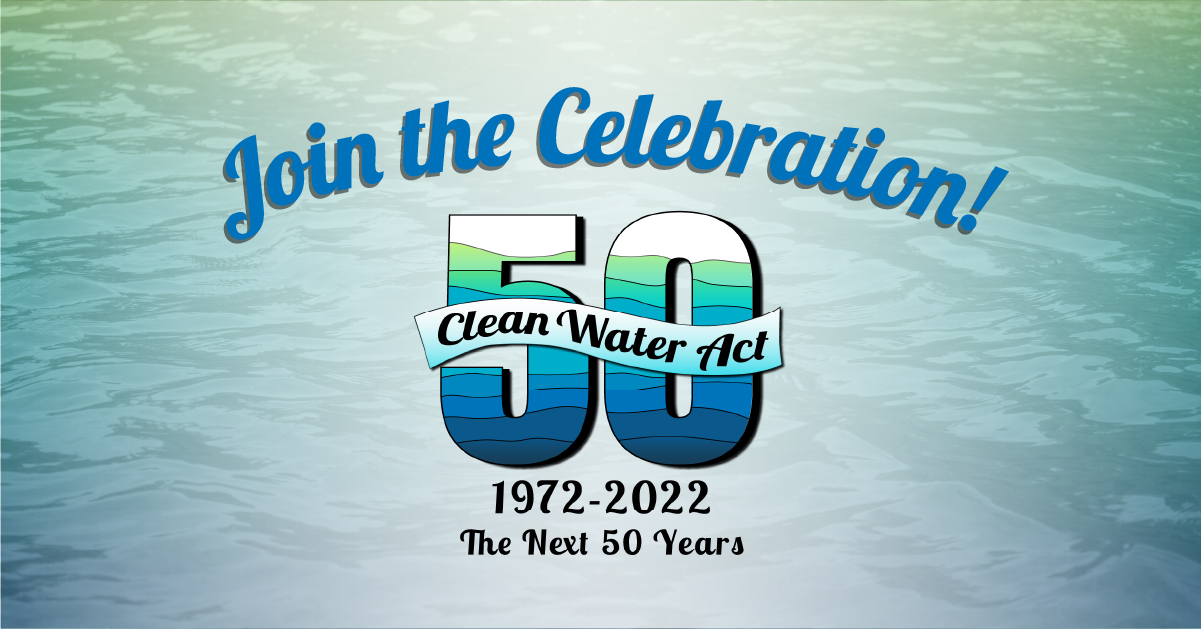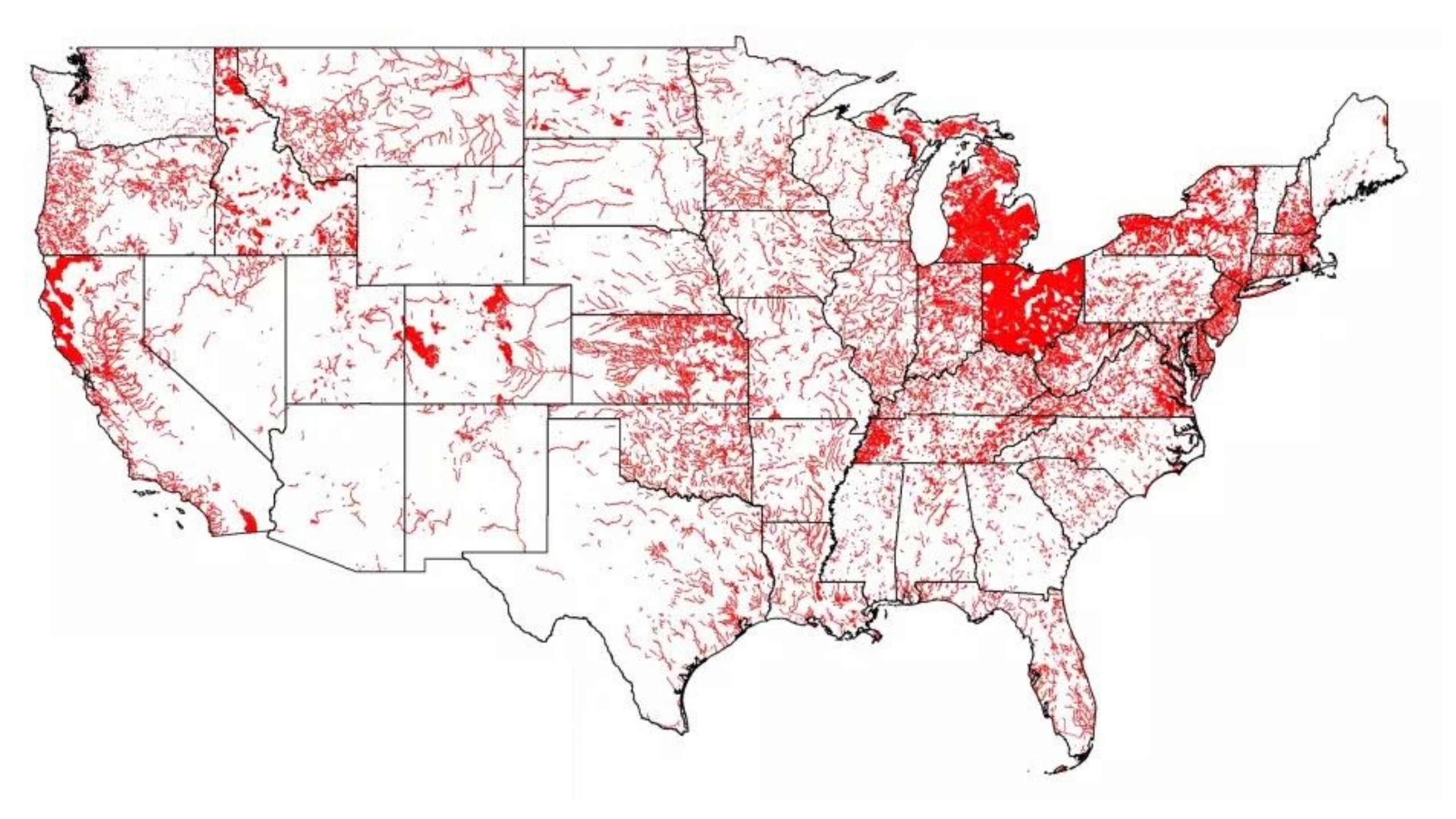
The Clean Water Act turns 50! On October 18, 1972, the United States approved the Clean Water Act (CWA). This Act formally recognizes that access to clean water is a fundamental human right. The goal of CWA is to restore and maintain the purity of water sources in the United States for safe use by all. At the time of the law’s passage, billions of gallons of raw sewage was routinely dumped directly into water systems, polluting drinking water sources, harming aquatic life and damaging the environment. The law dramatically increased funding to protect waterways and to regulate wastewater collection and treatment, providing nearly $41 billion in its first 12 years of existence. This investment has led to substantial decreases in levels of water pollution, with the added benefit of also creating new clean water sector jobs.
Clean Water Act Wins
Each year, Clean Water Act standards help to eliminate 700 billion tons of toxic pollution from 40,000 facilities that discharge directly to water and from 129,000 facilities that discharge to municipal wastewater treatment systems, as well as from some construction sites.
It is no longer common in the United States to dump untreated sewage directly into water. As of 2012, 234 million people (74% of the U.S. population) were being served by secondary treatment or better wastewater treatment systems subject to Clean Water Act pollution limits.
Courtesy of Clean Water Act 50th Anniversary fact sheet.
Why the Clean Water Act?
Prior to the Clean Water Act, an estimated two-thirds of lakes, rivers, and coastal waters were unsafe for fishing and swimming. Only 85 million Americans were served by sewage treatment plants, and untreated sewage was dumped directly into rivers and lakes. The CWA created regulations and monitoring mechanisms to ensure that we all have access to safe, clean drinking water, unpolluted waterways, and sustainable sanitary sewer services. MetroConnects joins in this effort to protect our waterways everyday by providing safe, sustainable wastewater collection services. We diligently seek state and federal funds to proactively maintain our 1,400 miles of sewer lines in Greenville County and prevent untreated wastewater from entering our water systems.
The Future of the Act
As we celebrate the 50th Anniversary of the Clean Water Act, we must also remember that there is still work to do.

Despite the positive impact of the Act, our waterways remain under threat. The U.S. Supreme Court is currently hearing a case whose outcome could narrow the scope of the Act. This comes at a time when only 31 percent of our rivers and streams and 45 percent of our lakes and reservoirs have been assessed in the most recent reports from EPA. Among those that were assessed, the majority were found to be polluted and unsafe for swimming, drinking, fishing, or other uses. The most pressing problems involve excess mercury, pathogens, nutrients, PCBs, sediment, and organic enrichment/oxygen depletion. We can all do our part to prevent excess pollutants from entering our waterways. See Clean Water Act 50 and “Protect the Source: Keeping our Water Systems Clean” for some simple ideas on how to be a good water steward. And on Thursday, Oct. 20, join Greer CPW for the nationwide “Imagine a Day Without Water” litter cleanup from 5 p.m. to 6:15 p.m. at Chick Springs Road, and then head over to the Southern Growl for Happy Hour afterward.
Sign up for our newsletter for more tips and to keep up on MetroConnects news.